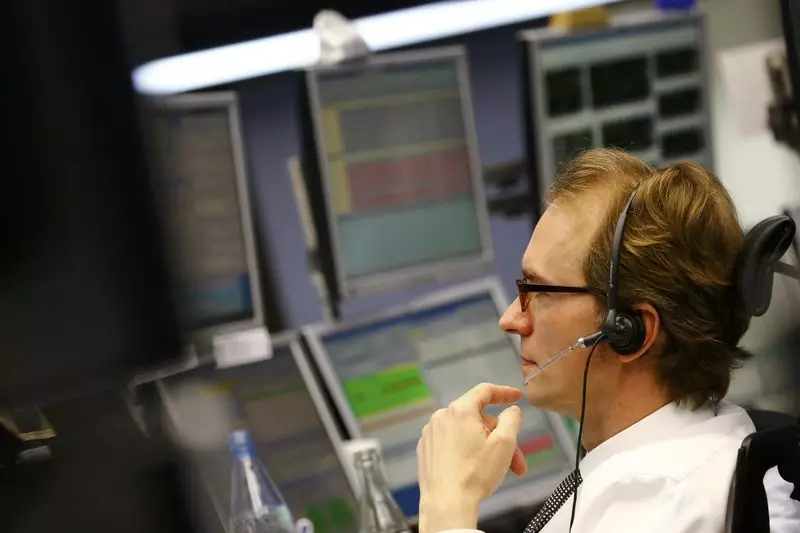Mexico’s central bank finds itself at a pivotal juncture as it considers a potential rate cut. With Deputy Governor Jonathan Heath revealing that discussions are underway regarding a possible reduction of 25 to 50 basis points in February 2025, the monetary authority is confronted by a complex web of factors influencing its decision-making. Central banks typically maneuver through a labyrinth of economic data, forecasts, and geopolitical dynamics, and Mexico’s situation is no exception. The bank’s easing cycle, initiated earlier in the year, indicates a strategic pivot towards lowering interest rates as inflation, which had previously troubled the economy, shows signs of abating.
However, keeping this trajectory steady is no small feat. The looming uncertainties tied to U.S. tariffs and trade relations pose significant risks to the Mexican economy. The specter of a 25% tariff on Mexican goods, as threatened by President-elect Donald Trump, could unleash a cascade of adverse effects, touching everything from import costs to domestic economic activity. As intertwined as the economies of the two nations are, any disruption in trade would have pronounced implications for Mexico.
Heath’s cautious tone captures the essence of the monetary authority’s deliberations. In a sophisticated economic environment, the bank must weigh not only real-time inflation data but also the broader economic indicators and geopolitical signals. Inflationary pressures have started to ease, allowing the potential for rate reduction discussions to gain traction; however, every variable—including the presidential inauguration and subsequent policies—has a profound impact on final determinations.
The central bank has signaled readiness to contemplate significant cuts if favorable conditions align. Heath suggested that absent major disruptions in Trump’s inauguration speech on January 20, 2025, and assuming inflation trends remain supportive, the board may lean towards a moderate cut. Yet, the internal dynamics among board members are not straightforward. Differing opinions regarding the speed and magnitude of potential cuts could lead to a fractured consensus, complicating the formulation of a cohesive monetary strategy.
Economic Projections and Inflation Targets
While the discussions surrounding rate cuts capture headlines, it is essential to focus on the grounding economic projections that inform these discussions. Analysts surveyed by the central bank estimate that Mexico’s economy will grow by about 1.12% in 2025, a downward revision from the previous year’s growth rate. Conclusively, external market conditions and domestic policies revealing fiscal conservatism explicitly indicate a cautious approach to economic expansion, as firms navigate a risky landscape.
Moreover, the projected decline in headline inflation—expected to settle at 3.8% by the end of 2025—indicates a tightening grip on inflationary pressures. The interaction between sluggish growth and easing inflation illustrates the central bank’s potential pathway to adjusting the benchmark rate. If these trends persist, the forecast suggests a trajectory towards achieving a neutral monetary policy stance, which reflects a balance between fostering growth and maintaining price stability.
As Mexico approaches the possible decision to adjust rates, the question of “how much” remains unresolved, deeply intertwined with economic growth prospects and the external environment. Heath’s assertion of a potential target range for the benchmark rate between 8% and 8.5% by the end of 2025 underscores the central bank’s aspiration for stability amidst uncertainty. Nevertheless, the interplay of various factors—including private sector sentiment, rate rating agencies’ perceptions, and the adherence to inflation targets—shapes the overarching narrative of monetary policy.
Anticipating the outcomes of strategic monetary adjustments is crucial, especially in an interconnected global economy where decisions resonate beyond borders. Should Mexico navigate the upcoming waves of uncertainty with skill and prudence, there lies the potential not just for stabilizing growth but also for fortifying the economy’s resilience in the face of external shocks. The path forward will necessitate a judicial balancing act as the central bank tackles the intricate facets of economic performance and the geopolitical variables shaping it.

